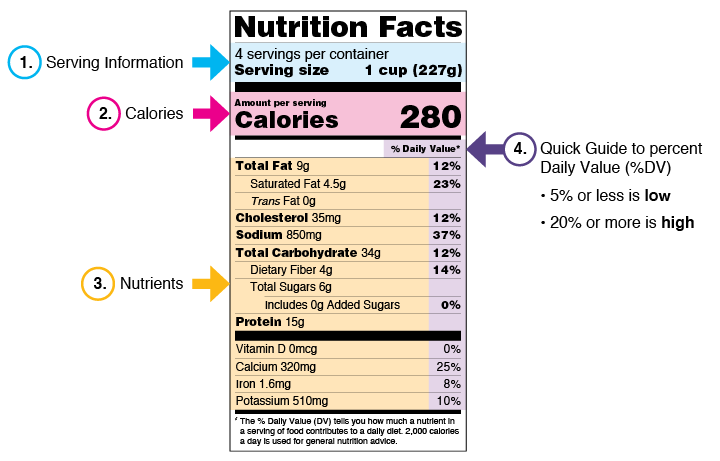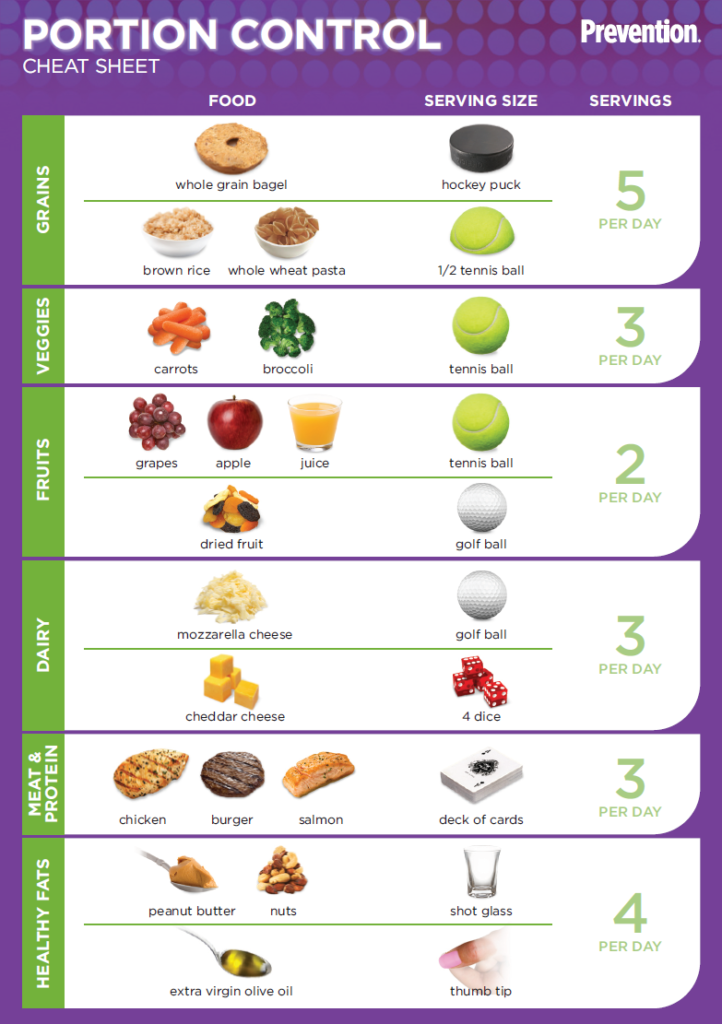When it comes to eating a meal, proper portion sizing is crucial. Even if the food is nutrient-dense and healthy, consuming excessive calories due to imbalanced portion sizes can lead to the storage of excess fat in the body. To determine the correct portion size, it is imperative to first differentiate between a serving size and a portion size.
A serving size is indicated on the Nutrition Facts Panel of store-bought items and represents the specific measurements for nutrients in one serving. It is important to note, the serving size on this label does not mean that it is the appropriate serving size of that food to consume. Although that would be convenient and very helpful, the serving size is based on the amount of food people typically consume on average. As we know, Americans are known for over eating. Therefore, it is imperative to understand a serving size is not the same as a portion size.

A portion size refers to the healthy amount of a particular food or food group that you should consume at one time based on your ideal caloric needs. Here is a quick an easy guide to determine the correct portion size for each meal.

In summary, a nutrition facts panel can be helpful to determine how much of a specific nutrient is in a particular food, such as sodium. Whereas, a portion size is based on the USDA’s food pyramid which identifies how much of each food group we should consume per day. For more information, it is recommended to contact a health professional.

